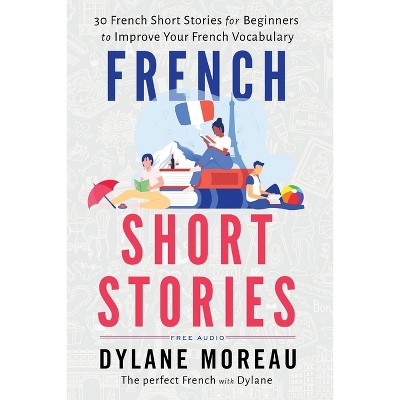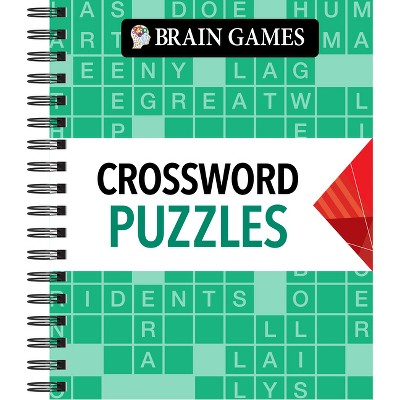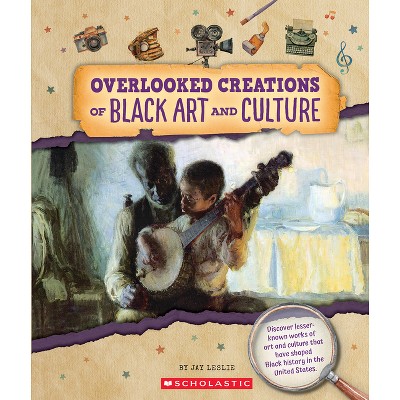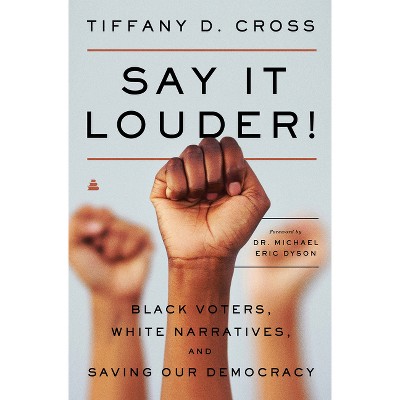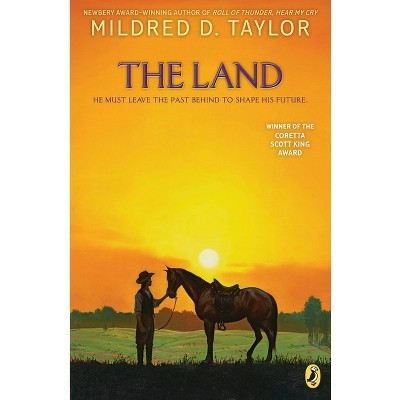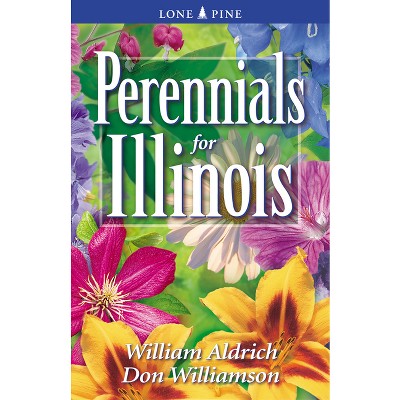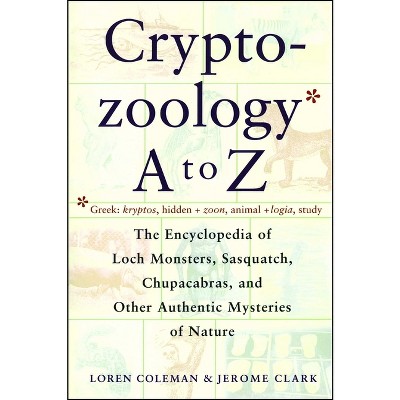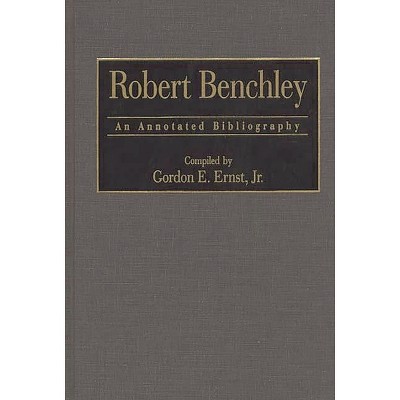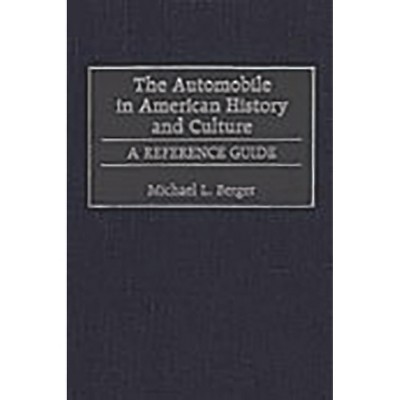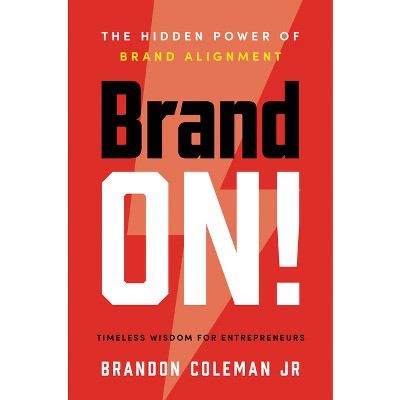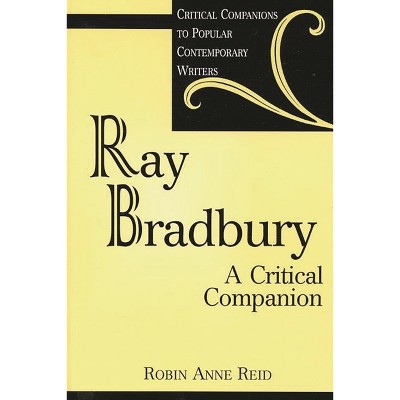Sponsored

Magic - (American Popular Culture) by Earle J Coleman (Hardcover)
In Stock
Sponsored
About this item
Highlights
- An excellent and exhaustive expansion of Coleman's 20-page chapter in Volume 3 of the valuable Handbook of American Popular Culture. . . .
- About the Author: EARLE J. COLEMAN is Associate Professor of Philosophy and Religion at Virginia Commonweath University.
- 214 Pages
- Reference, Bibliographies & Indexes
- Series Name: American Popular Culture
Description
About the Book
An excellent and exhaustive expansion of Coleman's 20-page chapter in Volume 3 of the valuable Handbook of American Popular Culture. . . . Contents include a preface, introduction, chapters on history of magic, principles and appreciation, manuals on performance, relation to the other `arts, ' biographies, and appendixes of historical dates, periodicals, directories, research collections, and dealers. Chapters contain very thorough bibliographies and there are author and subject indexes. It is impossible to imagine a more thorough guide to magic. Choice
The work as a whole is an extremely valuable compilation of, and commentary on, nearly 1,000 titles dealing with magic, conjuring, and tricks that fool the eye. . . . [It is] a superb addition to any library's collection of books on the history, psychology, and techniques of magic. Reference Books Bulletin
This reference guide provides a comprehensive view of magic, focusing on its history, psychology, techniques, and aesthetics. The text is in the form of topical bibliographical essays with additional theoretical remarks expressing Coleman's personal philosophy of conjuring. The work begins with a description of outstanding histories of magic and goes on to elucidate some of the major bibliographic sources on the principles of psychology and showmanship which separate the master conjurer from the amateur. Subsequent chapters evaluate manuals on the execution of magic, including all categories from card magic to stage illusions and telepathy.
Book Synopsis
An excellent and exhaustive expansion of Coleman's 20-page chapter in Volume 3 of the valuable Handbook of American Popular Culture. . . . Contents include a preface, introduction, chapters on history of magic, principles and appreciation, manuals on performance, relation to the other `arts, ' biographies, and appendixes of historical dates, periodicals, directories, research collections, and dealers. Chapters contain very thorough bibliographies and there are author and subject indexes. It is impossible to imagine a more thorough guide to magic. Choice
The work as a whole is an extremely valuable compilation of, and commentary on, nearly 1,000 titles dealing with magic, conjuring, and tricks that fool the eye. . . . [It is] a superb addition to any library's collection of books on the history, psychology, and techniques of magic. Reference Books Bulletin This reference guide provides a comprehensive view of magic, focusing on its history, psychology, techniques, and aesthetics. The text is in the form of topical bibliographical essays with additional theoretical remarks expressing Coleman's personal philosophy of conjuring. The work begins with a description of outstanding histories of magic and goes on to elucidate some of the major bibliographic sources on the principles of psychology and showmanship which separate the master conjurer from the amateur. Subsequent chapters evaluate manuals on the execution of magic, including all categories from card magic to stage illusions and telepathy.Review Quotes
?An excellent and exhaustive expansion of Coleman's 20-page chapter in Volume 3 of the valuable Handbook of American Popular Culture. . . . Contents include a preface, introduction, chapters on history of magic, principles and appreciation, manuals on performance, relation to the other arts' biographies, and appendixes of historical dates, periodicals, directories, research collections, and dealers. Chapters contain very thorough bibliographies and there are author subject indexes. It is impossible to imagine a more thorough guide to magic.?-Choice
?We normally don't review books on conjuring, although the other kind of magic comes into our purview as a part of the irrational occult. However, once you know the secrets of the conjurer, you will realize that magic is totally rational. There is no supernatural involved. Therefore, this guide to the literature of magic is a guide to the rational in deception. People like to be fooled if it is understood to be in the name of entertainment, so it's ethical. This book consists of five narrative chapters, each dealing with the literature of a part of conjuring. . . this is a useful guide in trying to bring the magical literature together in a critically-evaluated way. There is no comparable work.?-The American Rationalist
"An excellent and exhaustive expansion of Coleman's 20-page chapter in Volume 3 of the valuable Handbook of American Popular Culture. . . . Contents include a preface, introduction, chapters on history of magic, principles and appreciation, manuals on performance, relation to the other arts' biographies, and appendixes of historical dates, periodicals, directories, research collections, and dealers. Chapters contain very thorough bibliographies and there are author subject indexes. It is impossible to imagine a more thorough guide to magic."-Choice
"We normally don't review books on conjuring, although the other kind of magic comes into our purview as a part of the irrational occult. However, once you know the secrets of the conjurer, you will realize that magic is totally rational. There is no supernatural involved. Therefore, this guide to the literature of magic is a guide to the rational in deception. People like to be fooled if it is understood to be in the name of entertainment, so it's ethical. This book consists of five narrative chapters, each dealing with the literature of a part of conjuring. . . this is a useful guide in trying to bring the magical literature together in a critically-evaluated way. There is no comparable work."-The American Rationalist
About the Author
EARLE J. COLEMAN is Associate Professor of Philosophy and Religion at Virginia Commonweath University.
